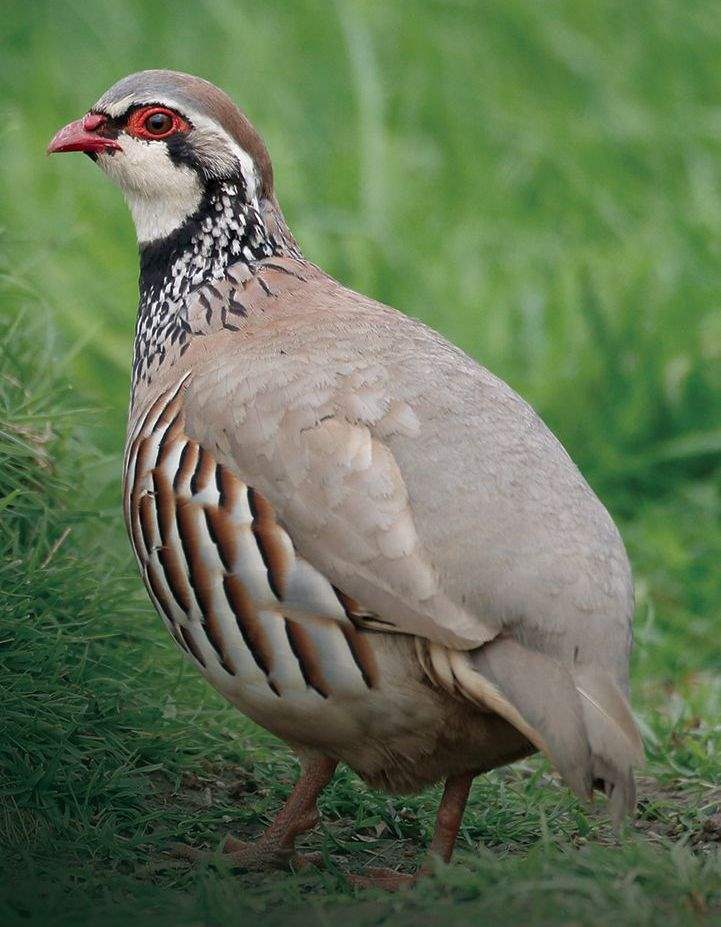Abstract
There is room for further house price growth given the disparity compared to other university cities
.png)
There is room for further house price growth given the disparity compared to other university cities
Edinburgh witnessed 9% average house price growth during June 2018; the highest of any major city, according to the UK House Price Index. Over the last five years there was net in-migration of 22,575 people from overseas and 10,839 from the rest of the UK, according to official statistics, highlighting the capital’s continued popularity.
Indeed, according to a study commissioned by the Royal Mail earlier this year, Edinburgh was voted the most attractive UK city in which to live and work.
The Savills Edinburgh City Prime Index grew annually by 7.5% during the second quarter of 2018 due to under supply and growing demand. This was the highest rate among prime regional cities across the country as listed in the table below, which also shows the huge disparity in 10-year growth. There is room for further growth given the value gap compared to other university cities, coupled with relatively low supply struggling to satisfy demand.
Whilst house prices have increased, a decline in sales activity below £200,000 (where a significant proportion of transactions typically take place) has restricted transactional growth. Above this level, transactions increased by 9% over the last year.

FIGURE 3 | Savills Prime Index performance during 2018 Q2 Edinburgh has outperformed other university cities and there is room for further growth
Source: Savills Research
Mixed prime market performance
Edinburgh’s transactions above £400,000 reached a 10-year high of 1,803 during the year ending June 2018, supported by an increase in both second hand and new build activity.
The EH12 (Murrayfield) and EH14 (Juniper Green and Currie) postcodes were stand out areas. There were 163 transactions in Murrayfield, 48 of which were new build. This compares with 94 in the same period last year, of which 11 of were new build.
Juniper Green and Currie were also boosted by new build activity, whereas the Craiglockhart area (also within EH14) enjoyed a strong second hand market. This fuelled a rise in transactions in these areas from 41 to 89 during the year ending June 2018.
Supply in Edinburgh’s New Town is beginning to recover, resulting in a modest rise in prime transactions, following two years of little growth. New build sales at developments in Drumsheugh Gardens led to a recovery in Edinburgh’s West End, with prime activity above £400,000 reaching a 10-year high of 55 transactions.
Elsewhere, the prime markets in Ravelston, Trinity, Stockbridge, Barnton and Cramond witnessed a modest rise in transactions. However, a lack of supply restricted growth in the Grange, Morningside, Merchiston, Inverleith and Colinton areas.
City centre sets the tone for the new build market
Prices at a number of high profile developments in the best city centre locations continue to cross new thresholds. These include Donaldson’s and Quartermile, with prices per square foot on average at £622 and £555 respectively, with some units exceeding this.
These superior specification developments are setting the tone for the established popular neighbourhoods of Stockbridge, Comely Bank, Newington and Morningside, which have witnessed average prices per square foot heading towards £500.
Lothians benefit from Edinburgh’s growth
The market in the surrounding Lothians witnessed an 8% annual rise in average transaction prices during the year ending June 2018, mostly within the market below £400,000. The number of transactions slightly fell, mainly due to a lack of new build supply in Midlothian.
On the other hand the number of transactions above £400,000 increased from 312 to 419, driven by new build activity which also stimulated the second hand market. Despite this, the average prime transaction price increased by only 0.4%, from £548,971 to £551,059.

5 other article(s) in this publication